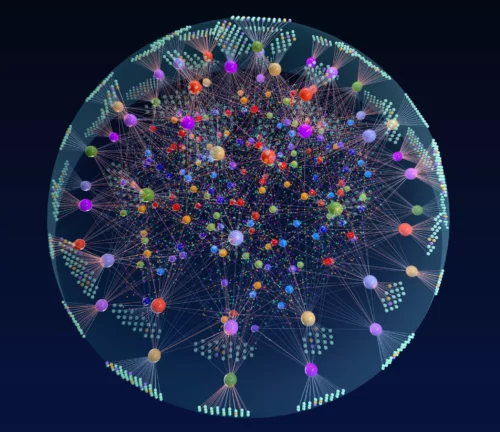Cancer scientists at the University of Miami Miller School of Medicine have developed an AI algorithm to treat lethal forms of cancer.

Medical technology has advanced to its peak with almost every disease being treated with the help of either some chemical or technical remedy. Yet cancer stands to be a very foul disease. The disease cannot be identified so easily and can start almost anywhere in the body, spreading to other parts of the body as well.
Artificial Intelligence on the technical side, is also reaching to every other corner of the world and can also be applied to any task we desire. Recently, a team of scientists at Sylvester Comprehensive Cancer Center at the University of Miami, Miller School of Medicine, collaborating with international researchers, have developed a sophisticated AI algorithm that performs advanced computational analysis to identify potential therapeutic targets for glioblastoma multiforme (GBM) and other cancers.
The AI algorithm, known as SPHINKS – Substrate PHosphosite-based Inference for Network of KinaseS – deployed deep-machine learning to help the researchers identify and experimentally validate two protein kinases (PKCd and DNAPKcs) as the culprits associated with tumor progression in two GBM subtypes and as potential therapeutic targets for other cancers.
The algorithm classifies the tumor cell into several omics platforms: genomics (genes), proteomics (proteins) lipidomics (fat molecules), acetylomics (epigenetics), metabolomics (metabolites) and others. Then it refine these omics datasets and create an interactome –a complete set of biological interactions – to pinpoint the kinases that generate aberrant growth and treatment resistance in each glioblastoma subtype. These findings show that multi-omics data can generate new algorithms that predict which targeted therapies can provide the best therapeutic options based on each patient’s glioblastoma subtype.
By importing the omics information into the web portal, pathologists receive classification information for one tumor, ten tumors, however many they import. These classifications can be applied immediately to patient care. Currently the algorithm was tested only for glioblastoma, but scientists confirm that the algorithm can also be applied on other forms of cancer tumors and can therefore show a positive change in the global cancer treatments.
Reference: “Integrative multi-omics networks identify PKCd and DNA-PK as master kinases of glioblastoma subtypes and guide targeted cancer therapy” 2 February 2023, Nature Cancer.
DOI: 10.1038/s43018-022-00510-x






